Communicating the Journey: Promotion and Integrated Marketing Communication (IMC)
Developing an Effective Integrated Marketing Communication Strategy
Choosing the right marketing communication methods and tools and deciding how to combine them effectively is a significant challenge for marketers planning a promotional strategy. To address this challenge, marketing managers often use a campaign approach.
Campaign Approach
A campaign is a planned, coordinated series of marketing communication efforts built around a single theme or idea and designed to reach a particular goal. This approach helps in organizing and executing various marketing communication activities in a cohesive manner.
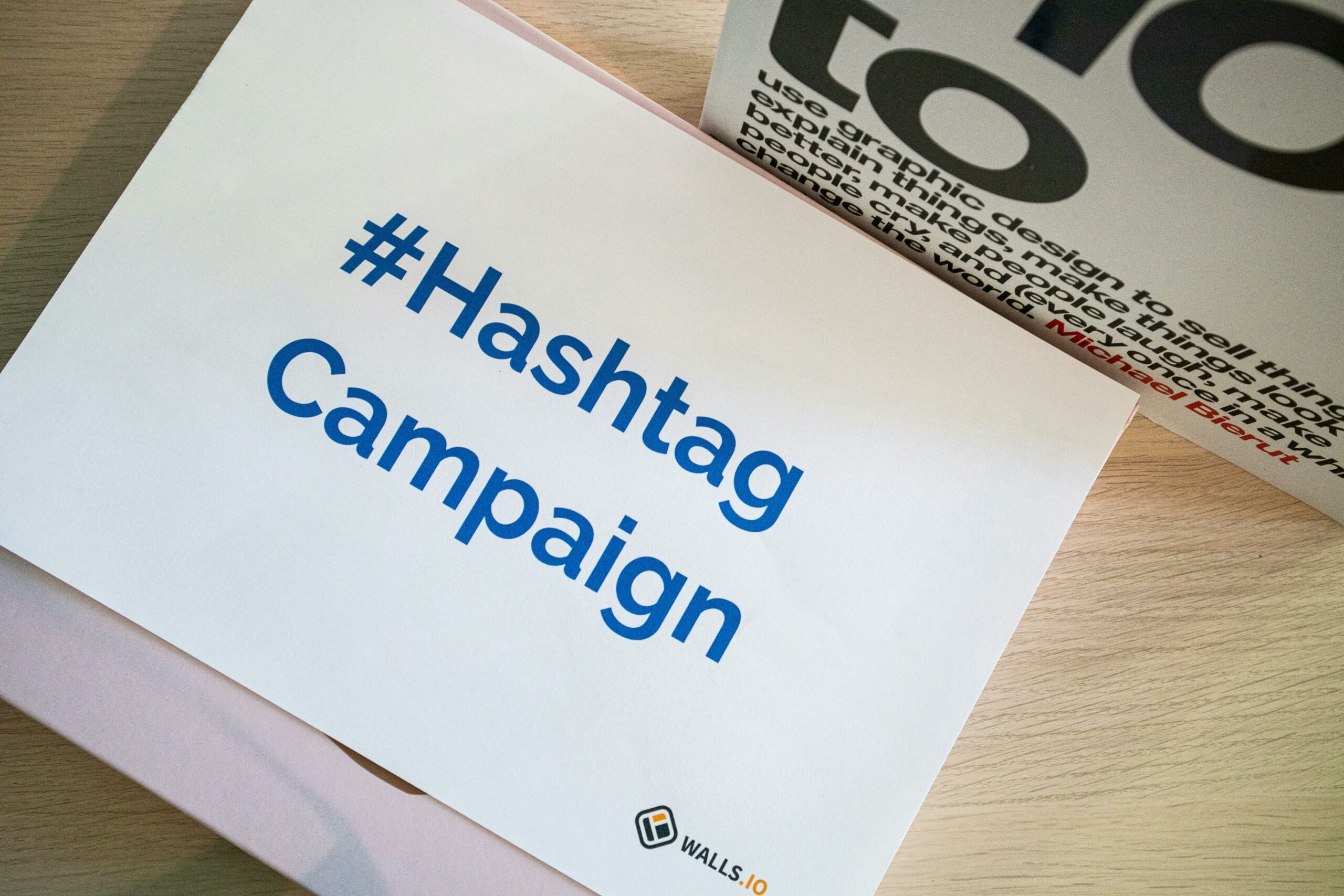
Key considerations for a successful campaign include:
- Campaign Objectives: Clearly defined goals are essential for guiding the campaign’s direction. Objectives may include increasing brand awareness, driving bookings, or enhancing customer engagement.
- Target Audience: Understanding the preferences, behaviours, and demographics of the audience ensures the campaign resonates effectively.
- Message Consistency: A unified message across all channels reinforces the campaign theme and builds brand recognition.
- Channel Selection: Choosing the right mix of communication channels ensures the message reaches the target audience effectively.
- Measurement and Evaluation: Tracking metrics such as website traffic, social media engagement, or booking conversions helps assess campaign performance and guide adjustments.
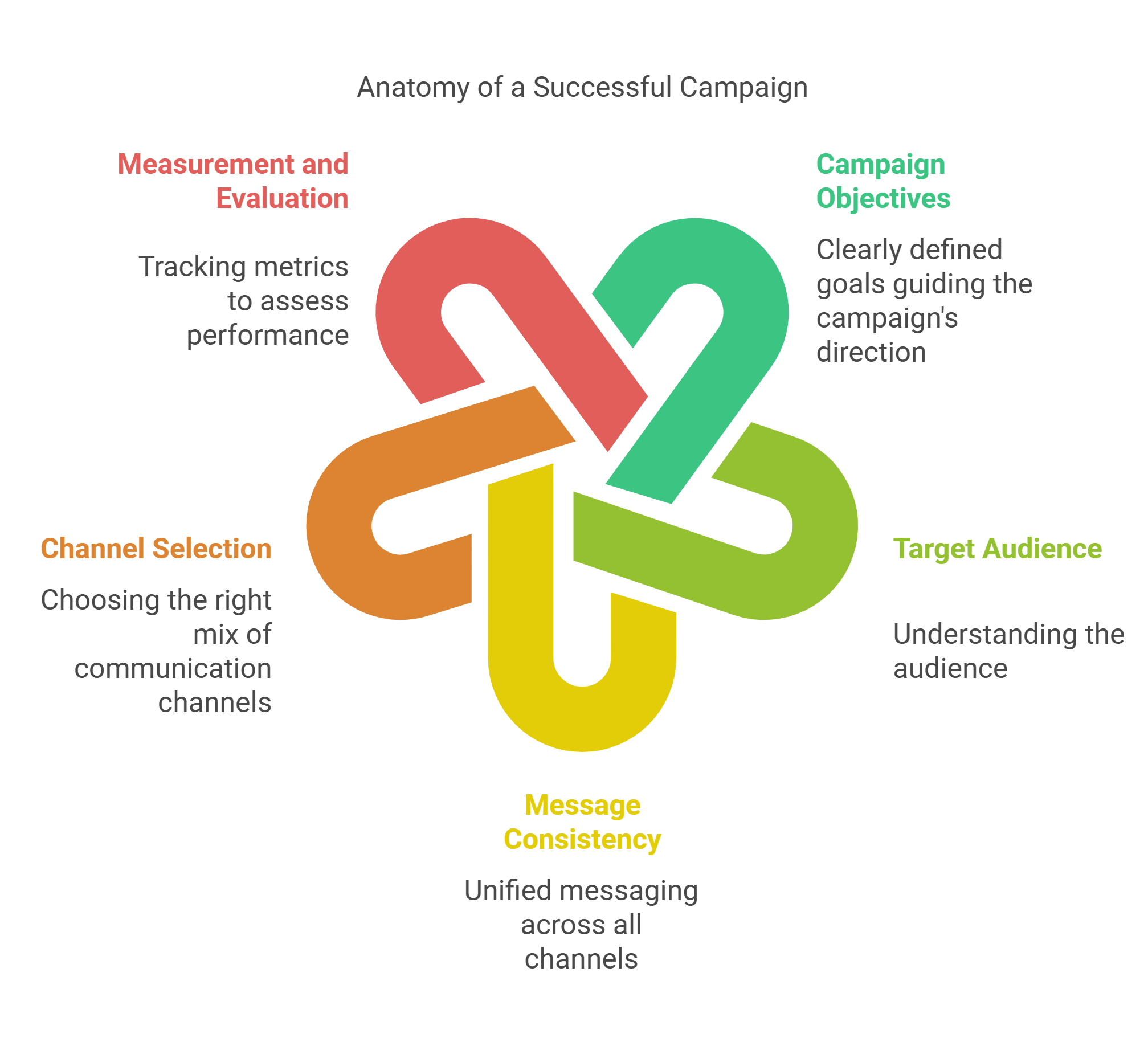
Example
Destination Canada’s Maple Leave Campaign
Destination Canada’s “Maple Leave” campaign[1] exemplifies an integrated promotion campaign that aligns well with key strategic elements. Here is how it addresses each component.
Campaign Objectives: The primary objectives of the “Maple Leave” campaign were:
- Re-establish Canada as a top destination for American travelers.
- Drive tourism recovery post-pandemic.
- Showcase Canada’s new brand positioning emphasizing openness.
Target Audience: The campaign specifically targeted Americans in key markets:
- Locations: New York, New Jersey, California, Florida, and Texas.
- Demographics: Stressed individuals seeking relaxation and a break from daily life.
- Psychographics: Travelers looking for wellness, outdoor experiences, and cultural enrichment.
Message Consistency: The campaign maintained a consistent message across all channels:
- Core Concept: “Maple Leave” — a play on taking leave from work and Canada’s iconic maple leaf.
- Tone: Friendly, humorous, and authentically Canadian.
- Visual Style: Nostalgic, postcard-like imagery evoking warmth and invitation.
Channel Selection: “Maple Leave” utilized a multi-channel approach to reach its target audience:
- Television: 60-second hero spot aired on broadcast networks.
- Digital: Campaign content distributed across digital platforms.
- Social Media: Spots and content shared on social channels.
- Microsite: Dedicated website (www.MapleLeave.com) for information and conversions.
- Public Relations: Earned media coverage generated through PR efforts.
Measurement and Evaluation: While specific metrics were not provided, the campaign likely tracked:
- Website traffic to the MapleLeave.com microsite
- Social media engagement with campaign content
- Earned media coverage generated by PR efforts
- Potential increase in bookings or inquiries from target markets
“Take Your Maple Leave in Canada” [1:00 min] by CANADA Explore | Explorez[2]
If you are using a printed copy, you can scan the QR code with your digital device to go directly to the video: Take Your Maple Leave in Canada
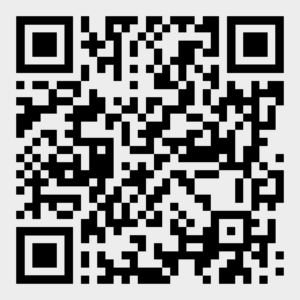
Factors to Consider When Selecting the Promotion Mix
When developing an effective integrated marketing communication (IMC) strategy, marketers must carefully consider several key factors to determine the optimal promotion mix:
- Type of product and market
- Buyer readiness state
- Product life-cycle
- Push versus pull strategy
These factors help ensure that the chosen promotional tools align with the product, target audience, and overall marketing objectives.
Type of Product and Market
The nature of the product and its target market significantly influence the promotion mix:
- B2C vs. B2B Products: B2C (business to consumer) products often rely more heavily on advertising and sales promotions, while B2B (business to business) products may emphasize personal selling and direct marketing.
- Product Complexity: Complex or technical products may require more personal selling to explain features and benefits, while simpler products can be effectively promoted through advertising.
- Market Size and Concentration: A geographically dispersed market may benefit from mass advertising, while a concentrated market might be better served by personal selling.
Examples
Types of Product and Market
Luxury Resort (High-end Product, Niche Market): A luxury resort like the Four Seasons Bora Bora might use a mix of exclusive advertising in high-end travel magazines, personalized direct marketing to past guests, and partnerships with luxury travel agencies. The focus would be on creating an image of exclusivity and exceptional service.

Budget Hotel Chain (Mass Market Product): A budget hotel chain like Motel 6 might rely more heavily on mass advertising through TV commercials, billboards, and online travel agencies to reach a wide audience of cost-conscious travelers.
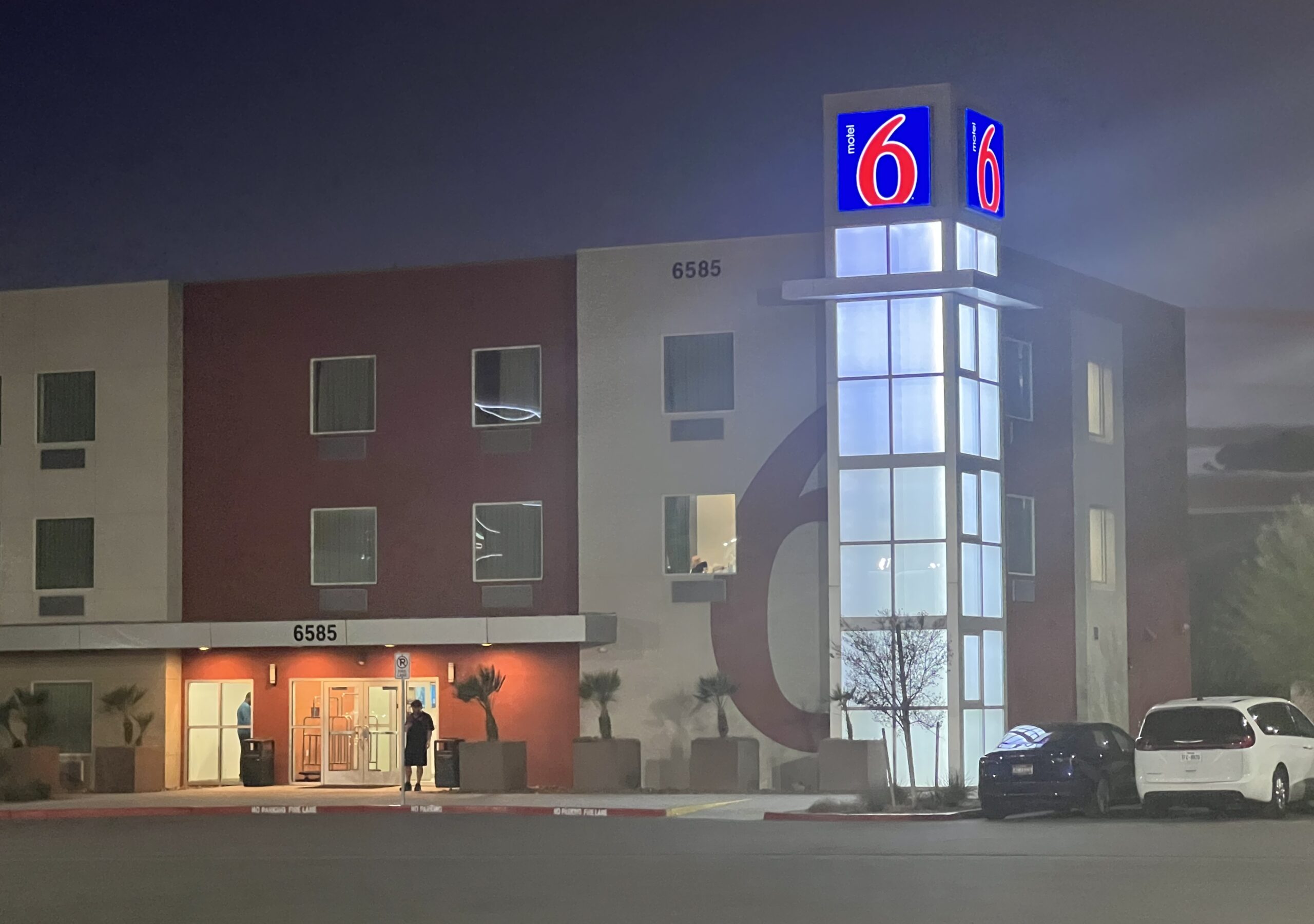
Buyer Readiness State
The stage of the buyer’s decision-making process influences what promotional tools to choose:
- Awareness Stage: Advertising and public relations are often effective for creating initial awareness.
- Interest and Evaluation Stages: Content marketing, social media engagement, and targeted advertising can help nurture interest and aid evaluation.
- Purchase Stage: Personal selling and sales promotions may be more effective in closing sales.
Examples
Buyer Readiness State
Awareness Stage: A new eco-tourism destination in Costa Rica might focus on content marketing and PR to educate potential visitors about the unique experiences they offer. They might create informative blog posts, partner with travel influencers, and secure features in travel publications to build awareness.
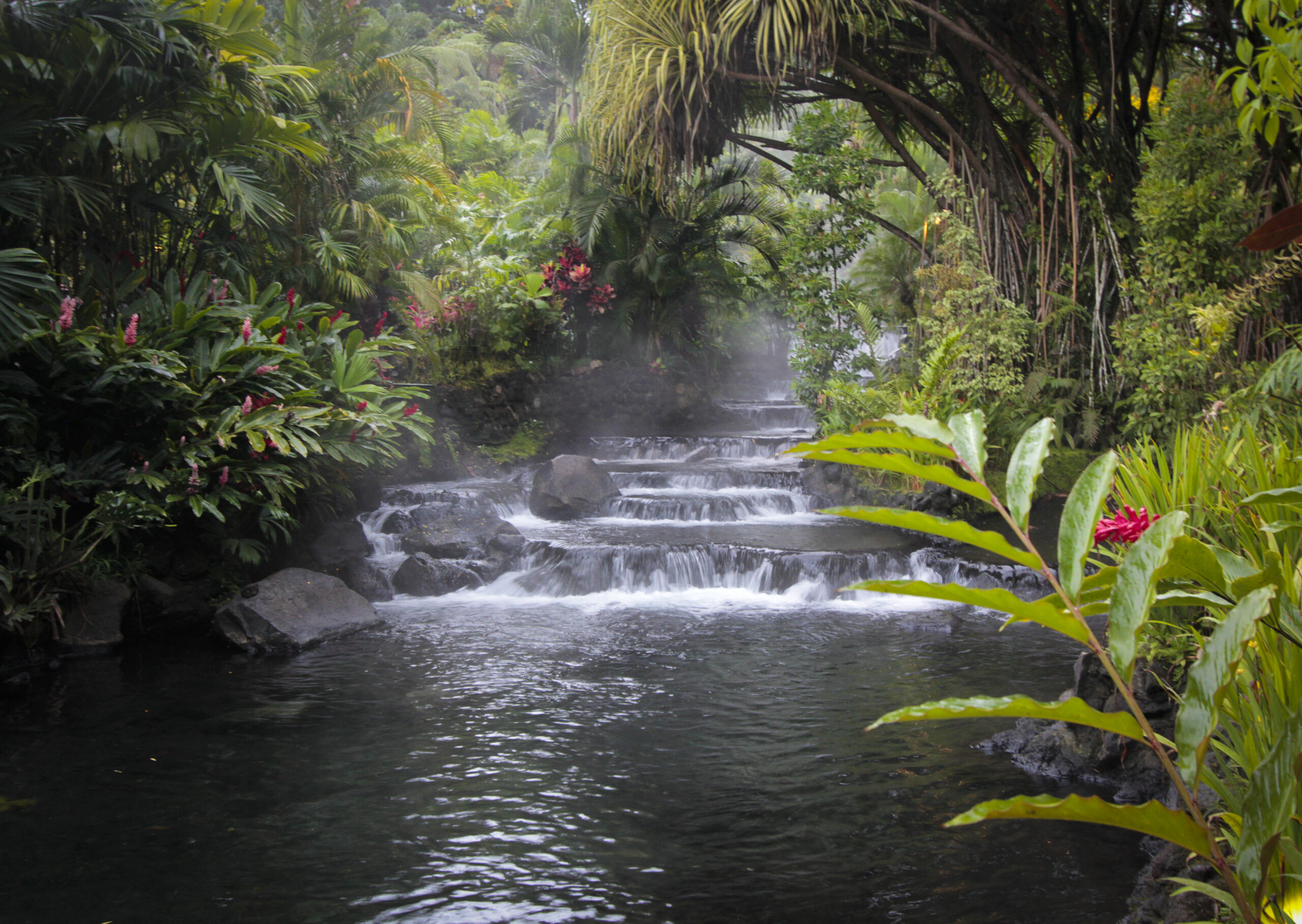
Purchase Stage: An established theme park like Disneyland might use more direct promotional tactics like limited-time ticket discounts, package deals with local hotels, or exclusive in-park experiences to encourage immediate bookings from those already familiar with the brand.
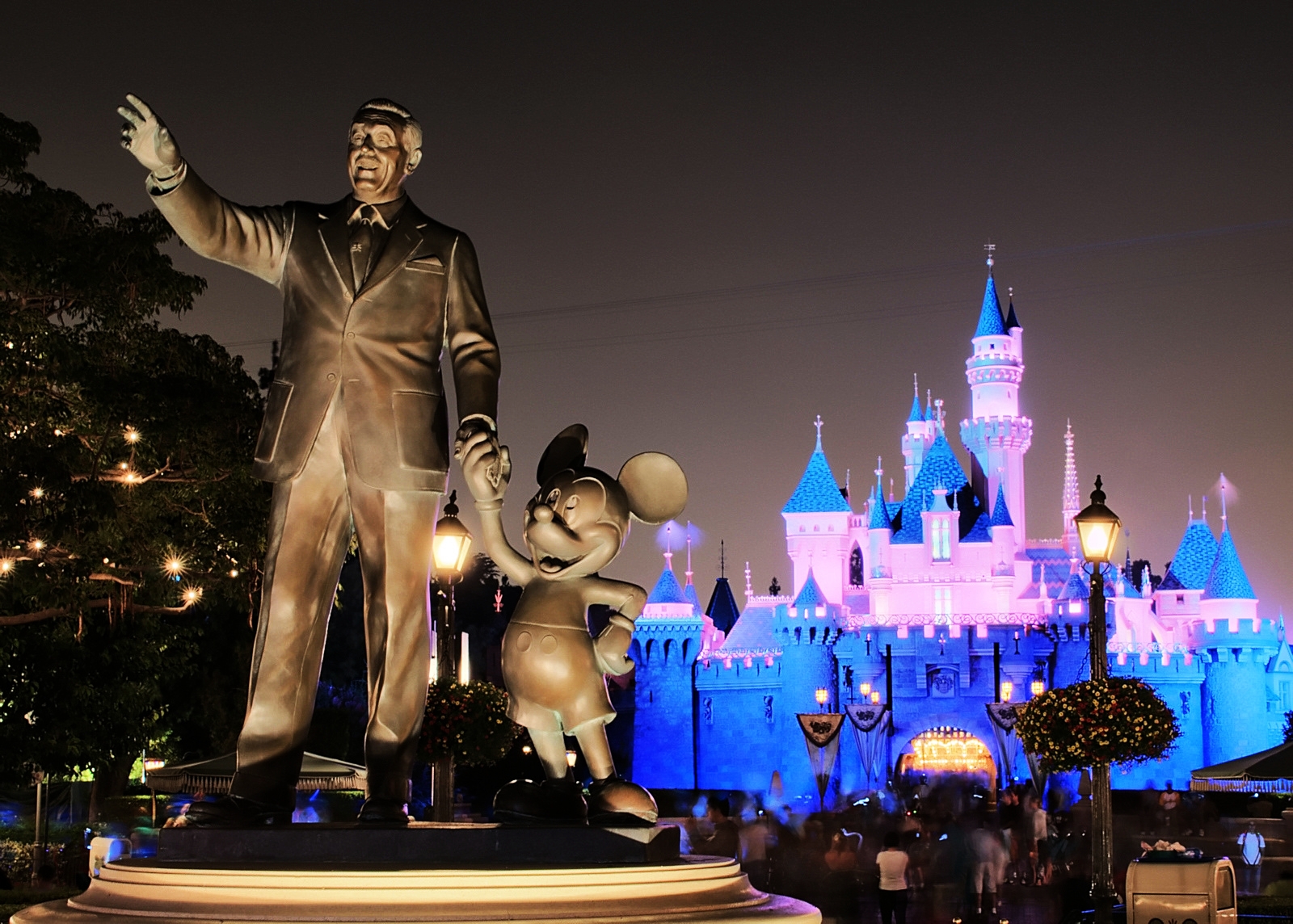
Product Life-Cycle Stage
Different stages of the product life cycle require different promotional approaches:
- Introduction Stage: Heavy advertising and public relations to create awareness, combined with personal selling to secure distribution.
- Growth Stage: Continued advertising to build brand preference, with increased focus on sales promotions to encourage trial.
- Maturity Stage: Emphasis on sales promotions and reminder advertising to maintain market share.
- Decline Stage: Reduced advertising, with potential focus on sales promotions to clear inventory.
Examples
Stage of Product’s Life Cycle
Introduction Stage: A newly opened museum might focus on building awareness through extensive PR efforts, hosting grand opening events, offering introductory discounts, and partnering with local tour operators to include the museum in city tours.
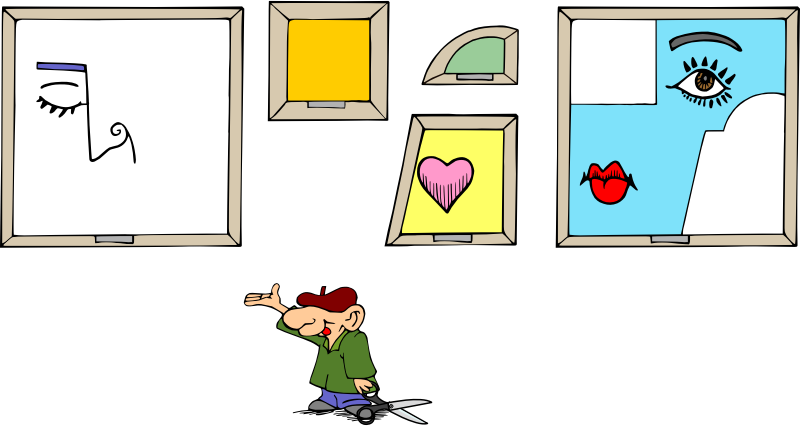
Maturity Stage: An established ski resort might focus more on brand reinforcement and loyalty programs. They might use targeted email marketing to past guests, offer season pass holder benefits, and create special events to keep the experience fresh for repeat visitors.
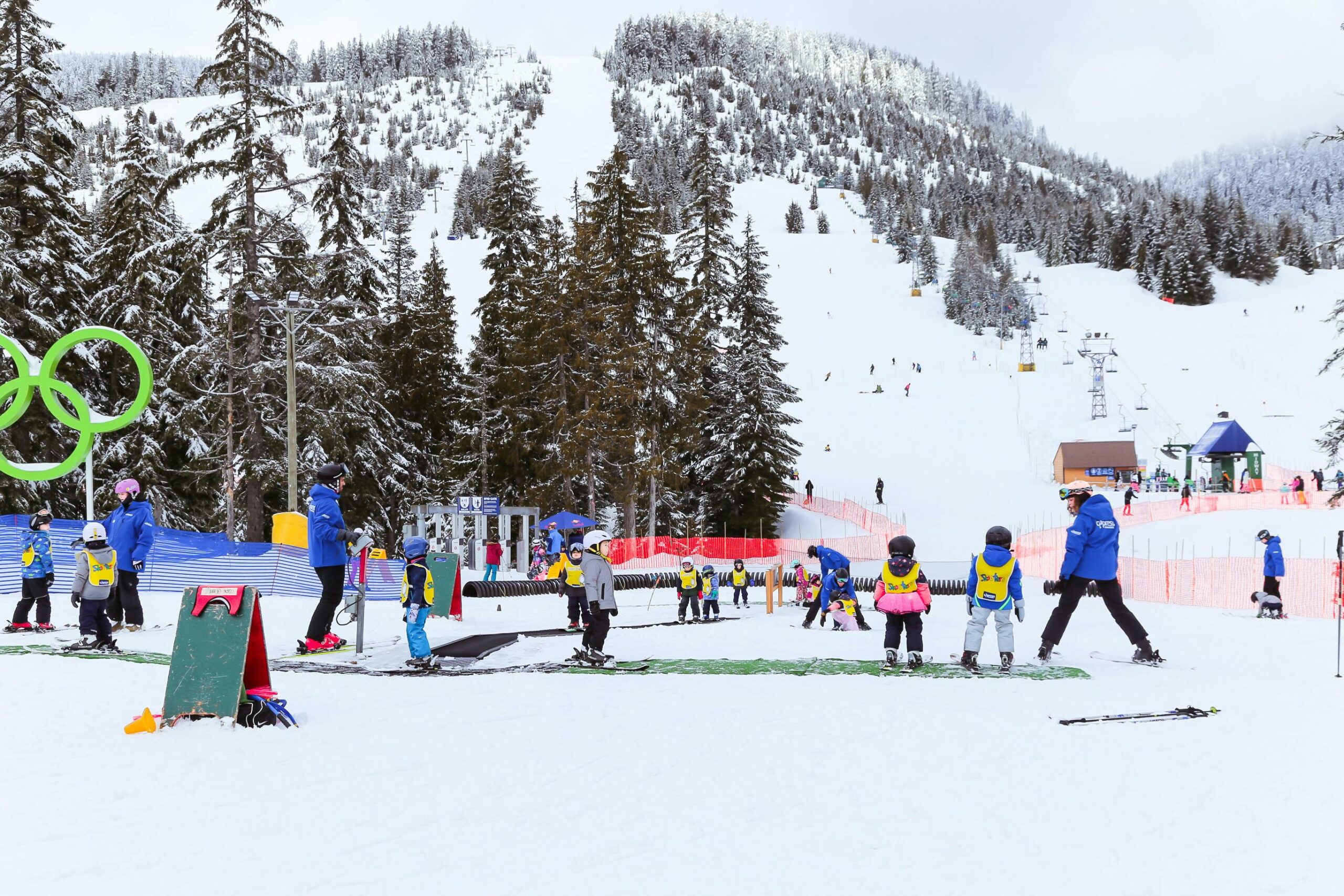
Push vs. Pull Strategy
The choice between push and pull strategies affects the promotion mix:
- Push Strategies: Focus on intermediaries (e.g., travel agents) to promote products.
- Pull Strategies: Aim to create demand directly among consumers through advertising or influencer partnerships.
- Combined Approach: Many successful companies use a combination of push and pull strategies, adapting their approach based on market conditions and product characteristics.
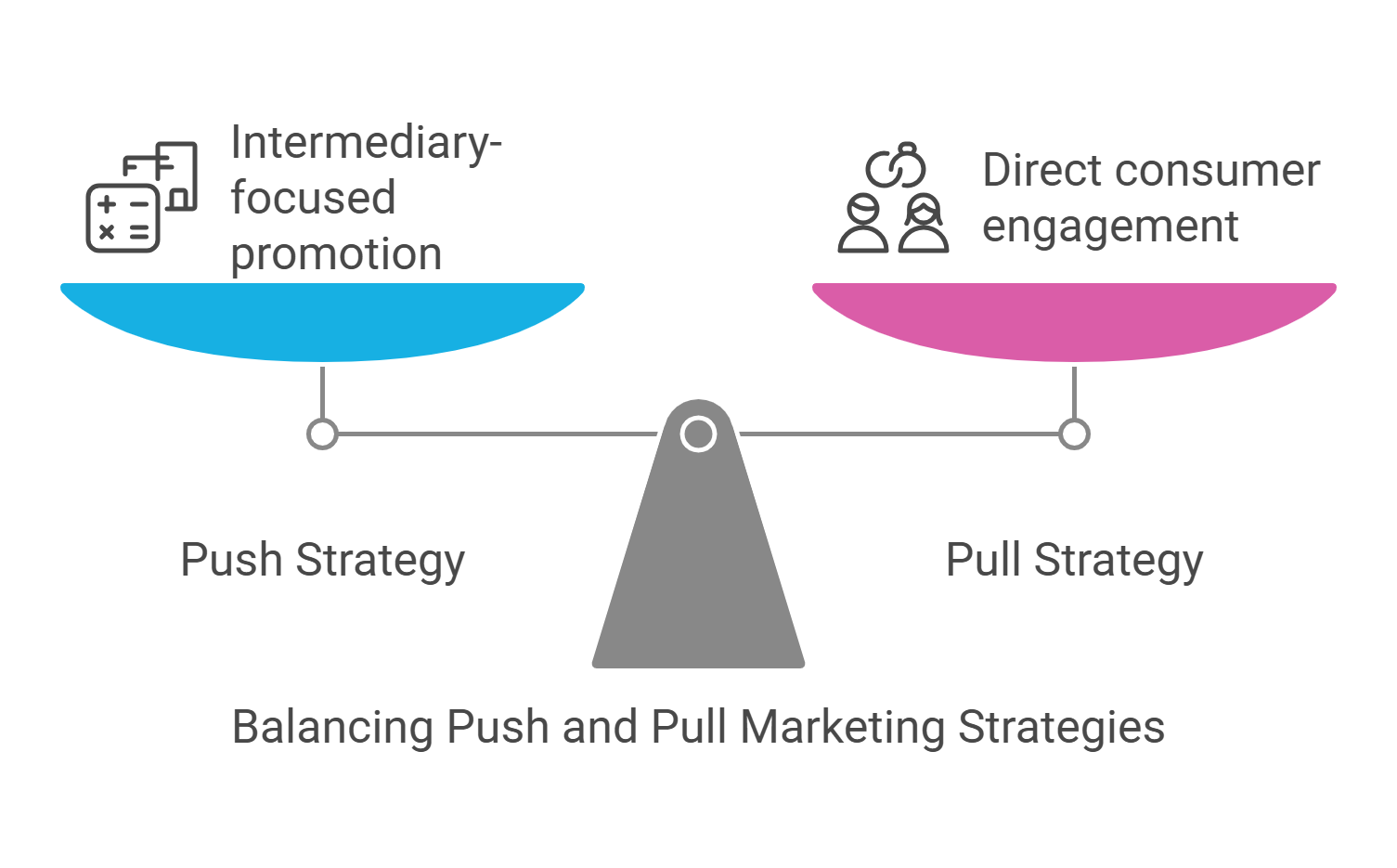
Examples
Push vs. Pull Strategies
Push Strategy: A cruise line might use a push strategy by offering travel agents higher commissions or bonuses for selling their cruises. They might also provide extensive training and promotional materials to travel agents to encourage them to recommend their cruises to potential customers.
Pull Strategy: A popular beach destination, like Bali, might use a pull strategy by creating inspiring content on social media, partnering with travel influencers to showcase the destination, and running targeted online advertising campaigns to create demand among potential travelers. This approach aims to have consumers asking travel agents or searching online specifically for trips to Bali.
By carefully considering these factors, marketers can create a balanced and effective promotion mix that aligns with their product, target audience, and overall marketing objectives. This strategic approach ensures that promotional efforts are coordinated, consistent, and optimized for maximum impact across all stages of the customer journey.
The Role of CRM Systems in an Effective IMC Strategy
As we learned in Chapter 4, customer relationship management (CRM) is a system for managing a company’s interactions with current and potential customers. It involves the use of technology to track, analyze, and manage customer data throughout the customer lifecycle, aiming to improve customer relationships and drive sales growth.
CRM systems play an important role in supporting an IMC strategy by providing a unified view and data. This enables businesses to create personalized, targeted, and consistent marketing communications across various channels.
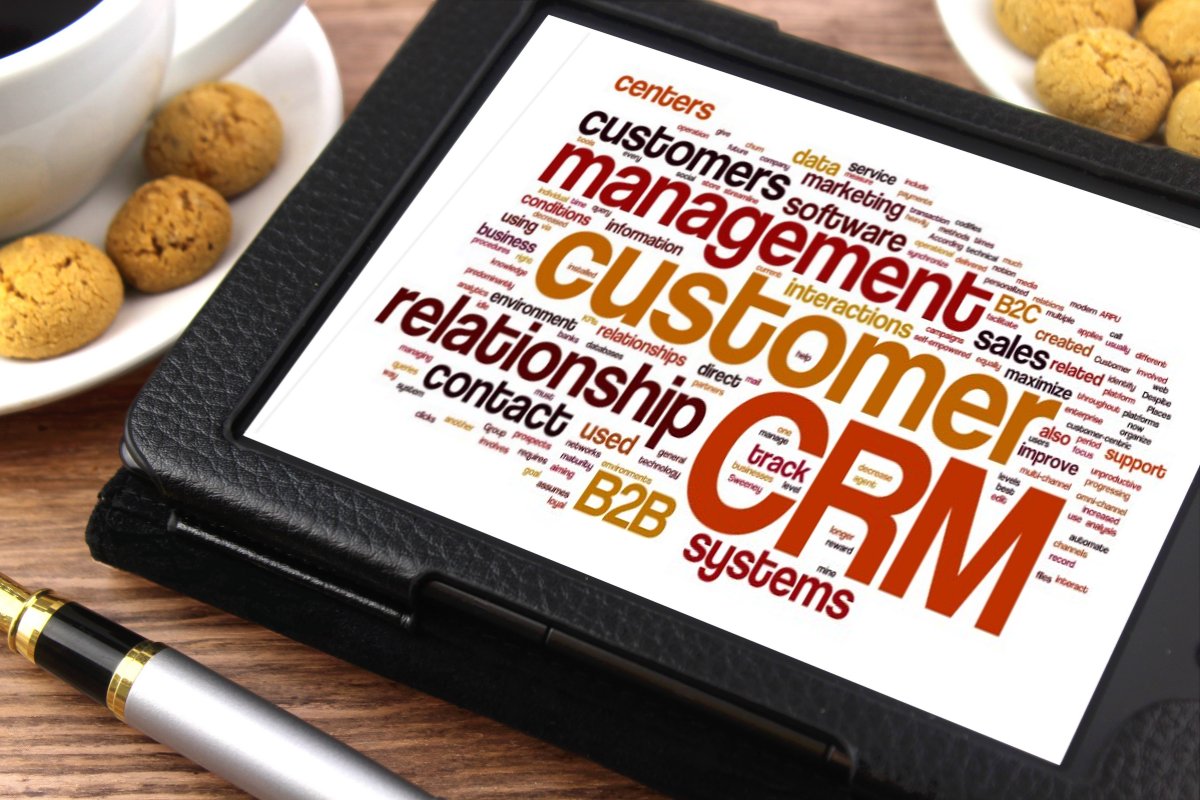
Key benefits of CRM in IMC include:
- Personalization: CRM data allows for highly personalized marketing efforts, ensuring messages are tailored to individual customer preferences and behaviors.
- Unified Customer View: CRM systems provide a single, comprehensive view of customer interactions, enabling consistent and coordinated marketing communications across all channels.
- Data-Driven Decision Making: CRM analytics help businesses make informed decisions by providing insights into customer behavior and preferences.
- Enhanced Customer Service: CRM systems enable customer-facing staff to access detailed customer information, providing better and faster customer service.
Example
CRM in a Hotel’s IMC Strategy
CRM systems significantly enhance campaign effectiveness in tourism and hospitality by enabling data-driven, personalized marketing approaches[3].
A hotel chain uses a CRM system to manage customer interactions across its website, social media, and customer service calls. The CRM system tracks customer preferences, purchase history, and feedback, allowing the hotel to create tailored marketing campaigns and offers. For instance, if a customer frequently books rooms with a specific amenity, the CRM system can trigger a targeted email campaign offering a discount on that amenity for their next stay.
This personalized approach enhances customer engagement and loyalty, supporting the hotel’s IMC strategy by ensuring a consistent and persuasive message across all touchpoints.

By integrating these elements and tools, marketers can create a comprehensive and effective IMC strategy that achieves their promotional goals and drives desired consumer actions.
Media Attributions
- Figure 1: “Hashtag Campaign Text on Desk” by Walls.io (2023), via Pexels, is used under the Pexels license.
- Figure 2: “Anatomy of a successful campaign” [created using Napkin.ai] by the author is under a CC BY-NC-SA 4.0 license.
- Figure 3: “DL2A Four Seasons Bora Bora 20” by Didierlefort (2008), via Wikimedia Commons, is used under a CC BY-SA 3.0 license.
- Figure 4: “Motel 6 Las Vegas, Nevada” by TaurusEmerald (2024), via Wikimedia Commons, is used under a CC BY-SA 4.0 license.
- Figure 5: “Tabacon Hot Springs Resort” by pulaw (2018), via Flickr, is used under a CC BY 2.0 license.
- Figure 6: “Daily Disney – Disneyland (Explored)” by Joe Penniston (2009), via Flickr, is used under a CC BY-NC-ND 2.0 license.
- Figure 7: “Master Pieces” by The Martin (2018), via Open Clipart, is used under a CC0 1.0 license.
- Figure 8: “People Playing Snowboarding During Winter” by Red Nguyen (2022), via Pexels, is used under the Pexels license.
- Figure 9: “Balancing push and pull strategies” [created using Napkin.ai] by the author is under a CC BY-NC-SA 4.0 license.
- Figure 10: “CRM” by Nick Yougson, via Alpha Stock Images and The Blue Diamond Gallery, is used under a CC BY-SA 3.0 license.
- Figure 11: “A Hotel Receptionist Handing a Key Card to a Guest” by Mikhail Nilov (2021), via Pexels, is used under the Pexels license.
- Crann, J. (2023, February 13). Destination Canada offers Americans a ‘maple leave’. Strategy. https://strategyonline.ca/2023/02/13/destination-canada-offers-americans-a-maple-leave/ ↵
- CANADA Explore | Explorez. (2023, January 25). Take your maple leave in Canada [Video]. YouTube. https://youtu.be/EztBsr8hiNQ?si=49Nli6tnFRATECKm ↵
- Lohr, G. (2024, January 19). 5 key strategies for using CRM in marketing campaigns. Nimble. https://www.nimble.com/blog/crm-for-marketing-campaigns-2/ ↵
A planned, coordinated series of marketing communication efforts built around a single theme or idea, designed to achieve specific goals such as increasing awareness, engagement, or sales.
A promotional strategy focused on encouraging intermediaries (e.g., retailers or travel agents) to promote products or services to end consumers.
A promotional strategy aimed at creating demand directly among consumers through advertising or influencer partnerships so they actively seek out the product or service.
A system or strategy for managing interactions with current and potential customers, enhancing relationships across the customer lifecycle.

